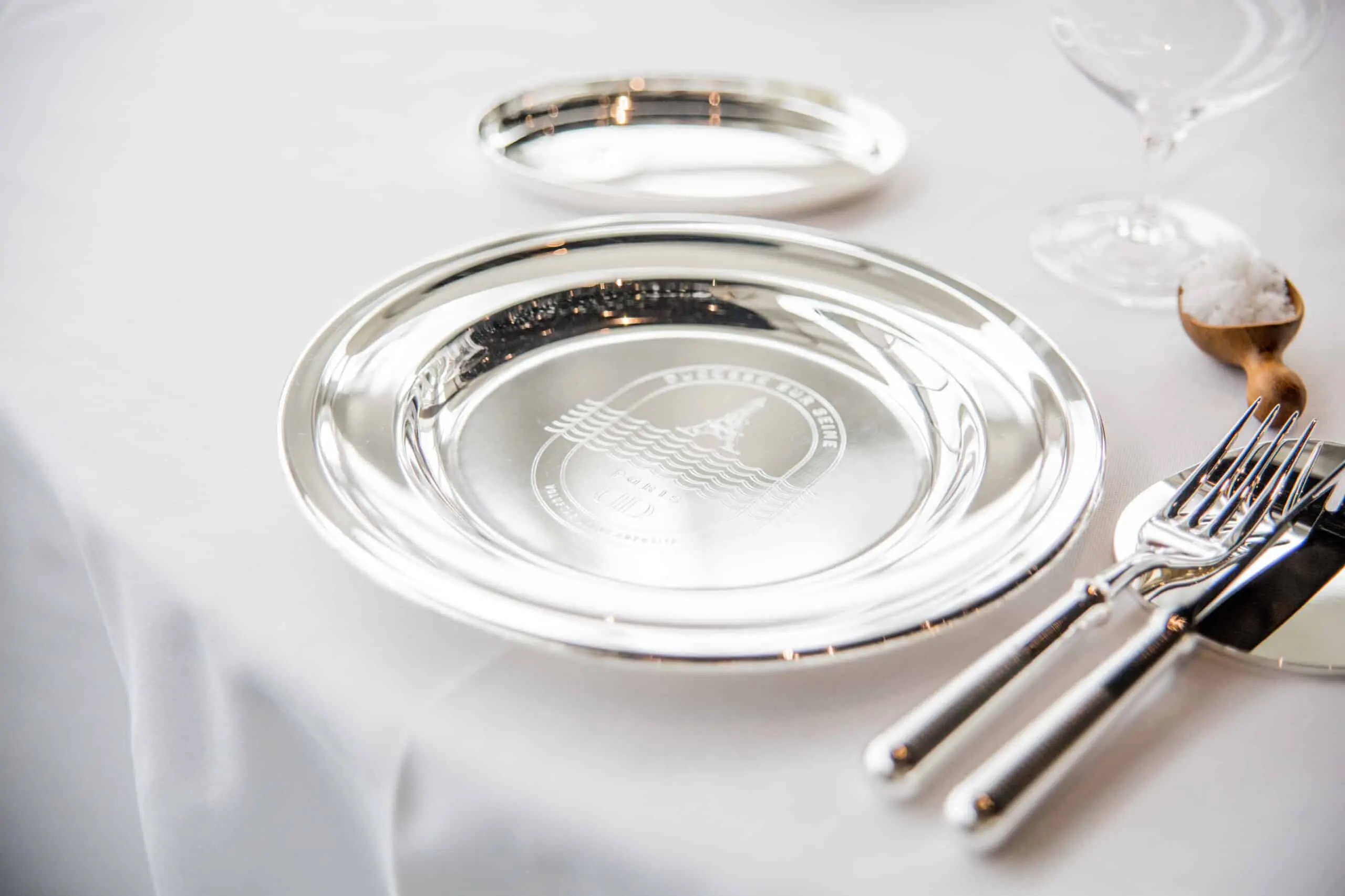words Casey Musarra
It’s like Tommy Faragher said: “You gotta look out for number one.”
Paying yourself first is essentially a reverse budgeting strategy where you prioritize starting or building up a retirement fund or emergency savings, or saving for other long-term financial goals, like buying a new car or house, before you do anything else.
Anything else can be paying down debt or other bills, putting gas in your car, or making a major purchase.

How do you pay yourself first?
Follow these steps to pay yourself first:
1. Analyze your spending
Take a look at your credit card and bank statements to see how much you’re spending each month. Once you see how much you’re spending, you can see how much you’ll realistically be able to set aside for yourself before you pay those expenses going forward.
2. Figure out how much to pay yourself
There are different ways to determine how much you can afford to pay yourself, but one good approach is the 50/30/20 budgeting rule. This method has you put 50% of your income toward needs, 30% toward wants, and 20% toward savings and/or repaying your debt. With a reverse budgeting system, you’d start with that last 20% before moving onto your needs.
3. Determine how much you want to save
In figuring out how much you want to save, you need to outline what you’re saving for. Building a retirement fund? Going on that cross-country road trip you’ve always wanted to take? Break up those short- and long-term financial goals and see what you need for each, then set realistic timelines to reach those goals.
If you want to put aside a few grand for your road trip, don’t try to do it all at once. And if you’re working on your retirement savings, and you have an employer-sponsored 401(k), make sure you take advantage of your company match, if offered.
Once you have everything in place, you don’t need to stay stagnant—you can always modify your plan as needed if you start making more money or pick up a side hustle.

Pros and cons of paying yourself first
As with any other budgeting method, there are upsides and downsides to the paying yourself first approach.
Pros
• Requires minimal effort compared with other budgeting systems because you don’t need to itemize every expense
• Helps cut back on impulse purchases
• Automation can simplify paying yourself first
Cons
• Prioritizing savings first can set you back in debt repayment
But with that singular con, you can adjust your mindset and lump debt repayment with savings, as the 50/30/20 budget rule does, to make sure you’re putting paying off high-interest debt over something like gearing up for that future road trip.
Casey Musarra
Casey is a reformed sports journalist tackling a new game of financial services writing. Mike Francesa once called her a “great girl.”




